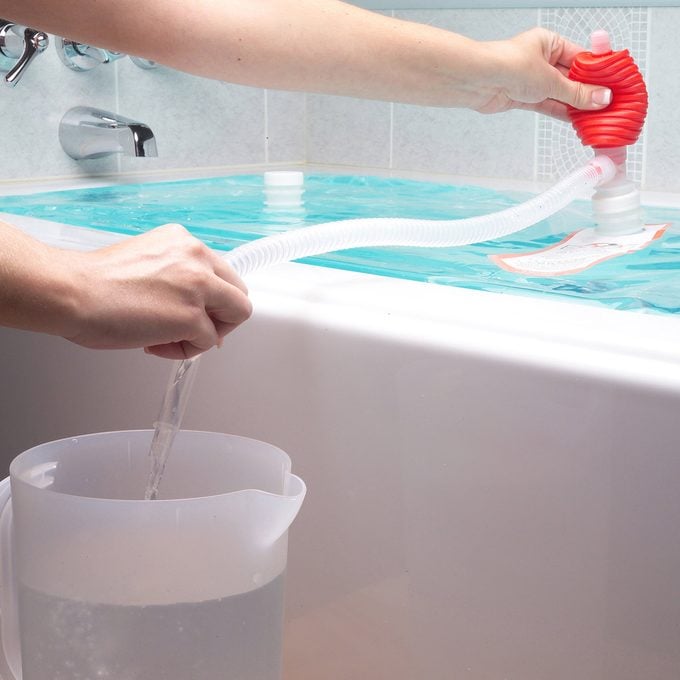A power outage is more than an inconvenience; it can lead to expensive repairs and may even be dangerous to you and your family.
10 Tips to Survive a Blackout

A power outage is more than an inconvenience; it can lead to expensive repairs and may even be dangerous to you and your family. These tips will help you protect yourself, your wallet and maintain some conveniences in a blackout.
On This Page
Prepare for Power Surges
As utility companies work to restore power, the whole grid becomes unstable. And that leads to power surges, which can destroy electronics. So unplug and switch off everything in your home during a blackout. Leave one light on so you’ll know when the power is restored.
Bring Solar Lights Inside
Solar landscape lights provide hours of low-level lighting, so you can spare your flashlight batteries for tasks that require more light. And unlike candles, they won’t burn down your house. Don’t forget to set your landscape lights outside to recharge during the day during a blackout.
Beware of Carbon Monoxide
Carbon monoxide is a colorless, odorless gas produced whenever anything burns—and it often sickens or kills people during power outages. Don’t run generators or grills inside garages or outside near open windows. Make sure your carbon monoxide detector is working, and replace the batteries if needed.
Keep the Freezer Closed
In most freezers, food will stay frozen for one to three days and below 40 degrees F for another couple of days, which is helpful during a blackout. As a reminder, tape a “do not open” sign to the door.
Fill the Bathtub
When the lights go out, there’s a good chance that municipal water will stop flowing soon after. Fill the bathtub, sinks and buckets so you have a supply for washing, drinking and flushing the toilet. Also remember that you have 40 gallons or more stored in your water heater. Plus: Check out our favorite water storage containers here.
Release the Garage Door
Even with a dead opener during a blackout, you can still open and close the garage door. You’ll find a rope or cord hanging from the arm that connects the door to the opener rail. With the door in the closed position, yank that cord to disconnect the door from the opener and you’ll be able to raise or lower the door by hand.
Heat the House With Your Water Heater
Your furnace won’t work when the power goes out, but your water heater might (if it’s a gas model without power venting). Fill sinks and tubs with hot water and then drain them when the water reaches room temperature. This may not keep your home comfortable, but it may make it bearable.
Charge With Your Car
When it’s time to recharge your phone or tablet in a a blackout, don’t forget your car. The battery holds plenty of power to charge mobile devices.
Prepare for Freezing
If indoor temperatures are approaching freezing, avoid burst pipes by draining your plumbing system. Turn off the main water supply valve, open the lowest valve in the house (often the water heater drain valve or an outdoor hose bib). Then open other faucets to allow air into the system as pipes drain. Plunge toilets, sink and bath drains to clear water from the traps. Finally, plug those drains to keep sewer gases from rising into the house. Here are more tips for preventing frozen pipes.
Don’t Take Chances
Blackouts pose a double risk: You’re more likely to get hurt during a blackout and less likely to get immediate, thorough emergency care. You may fall down stairs in the dark or have a nasty chain saw accident during storm cleanup. If you need help, you may find that emergency rooms are swamped or ambulances are slowed by dead traffic lights or fallen trees. Even more than at other times, think before you act during a blackout.



















